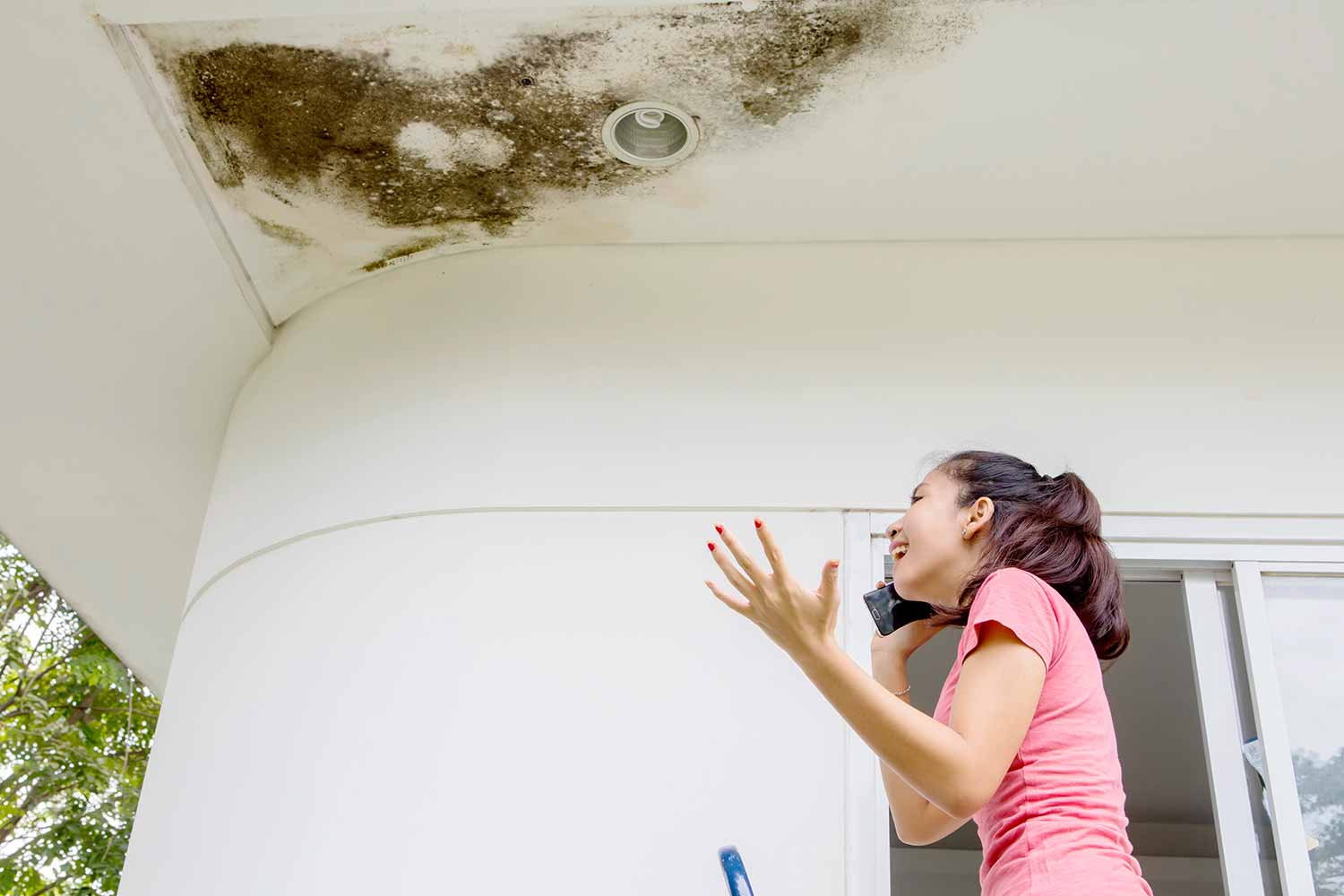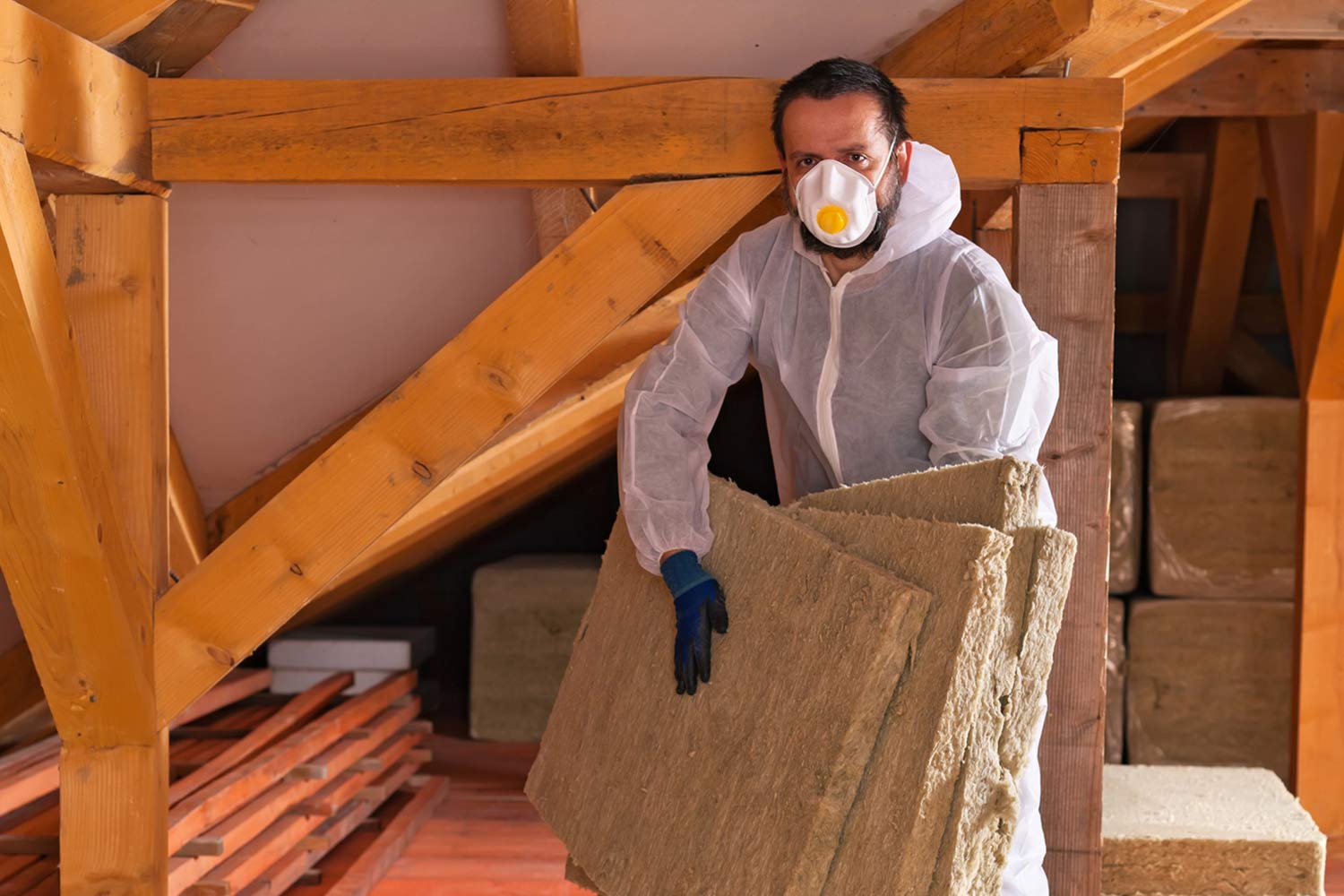Choosing a roofing contractor is not something most homeowners do often. For many people, it…
Air sealing attic
One of the most important factors in keeping a healthy energy efficient home is to ensure the entire envelope of your building is air sealed. Much like a balloon, poking holes in your homes building envelope will let air escape. As heat rises, an area of prime concern is the ceiling vapor barrier, or air sealing attic floor. Problems can occur within Attics when the warm moisture laden air from your living spaces (cooking, showering, inhabitants, etc.) meets cold air circulating in the attic. As warm, moist air collects on the underside of the roof freeze-thaw weather actions cause wood rotting and ceiling stains from dripping water.
There are many sources of penetrations in your ceiling or attic floor such as framing voids, ducts, plumbing stacks, bath fans and of course the attic hatch. Pot lights are common ceiling penetrations that are best sealed with a pre-formed poly boot, fitted over the light by an electrician during installation. It is important to note that only IC-rated potlights should be used in Attic spaces so they are safe to be in contact with insulation. Insulation alone in an attic does not act as vapour barrier to stop living space moisture escaping into the attic. At IDEAL Insulation our attic inspectors check all of these examples of penetrations in your attic floor. We weather-strip and insulate all attic hatches to ensure the least amount of air leakage from this source into your attic. All identifiable penetrations are sealed in the attic with poly repairs or canned hilti foam if required.
In an attic with an extensively damaged vapour barrier IDEAL can remove your current attic insulation and then install spray foam to the attic floor. 2lb closed cell spray foam is used which contains the required moisture resistant properties. You can insulate the entire attic floor with spray foam or install loosefill fiberglass insulation over top of the cured foam to reach the desired completed R-value.

Diagram legend
- Potlights
- Electrical cable penetrations
- Access hatch
- Gaps near chimneys
- Plumbing vent pipe
- Unsealed soffit
- Utility chases
- Duct penetrations



